Lifecycle Marketing: How to Engage Customers Throughout the Funnel
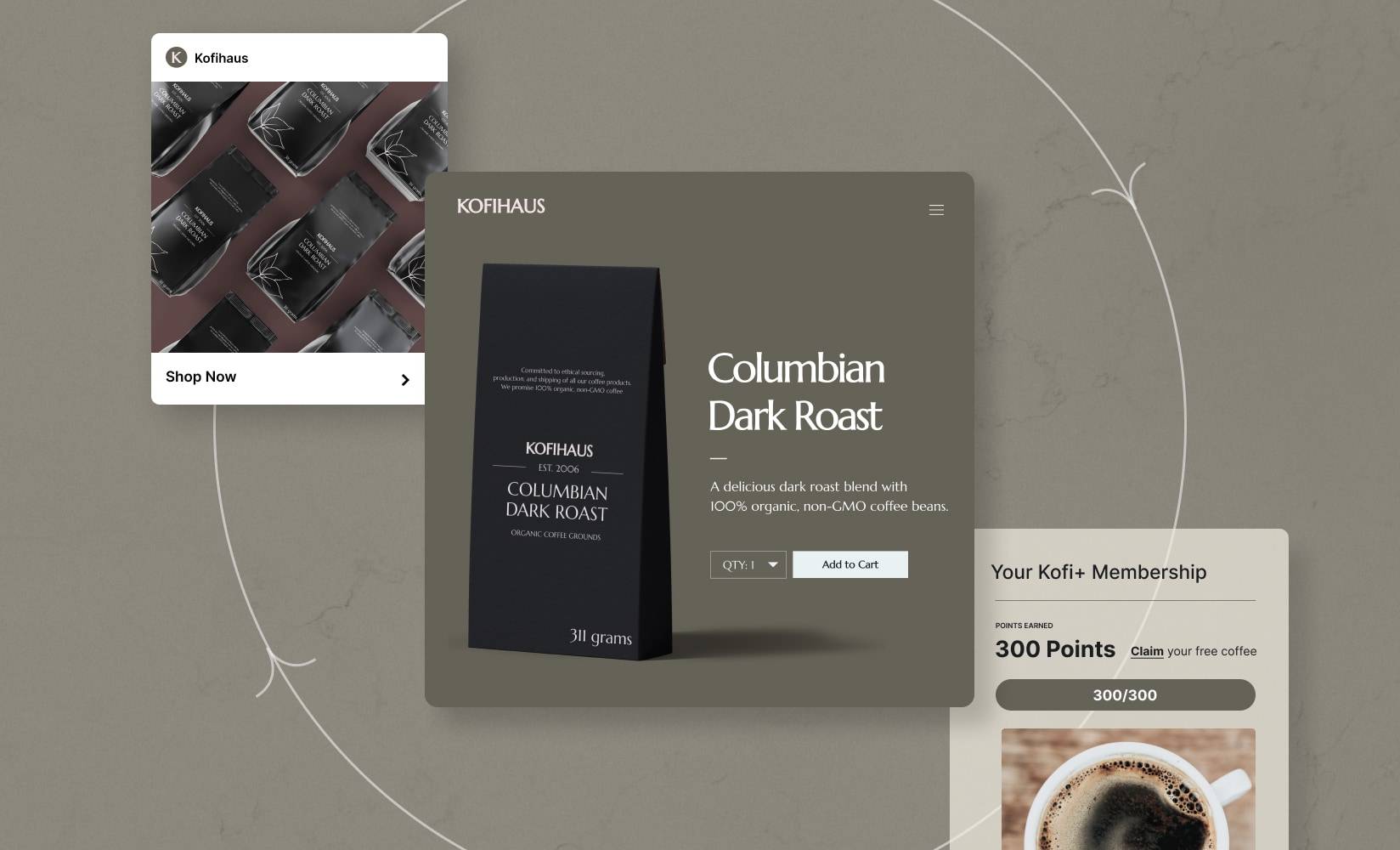
The dream for any ecommerce brand is to build a reliable pipeline of paying customers, with new customers rushing in the front door and existing customers consistently dipping in for more.
Much money is spent trying to woo new customers while neglecting those who’ve already purchased. While there’s money at the top of the funnel, you can’t ignore those who’ve already passed through the bottom.
On top of that, many brands indiscriminately market to the greatest number of consumers without defining their real audience.
But, the best strategy is to use data to make informed marketing decisions across the entire customer journey, whether they are just learning about you or they are a brand advocate.
That’s where customer lifecycle marketing comes in.
In this post, we’ll cover:
- What lifecycle marketing is
- The stages that make up a customer lifecycle
- Benefits of a lifecycle marketing strategy
- Customer lifecycle marketing strategies
#cta-visual-pb#<cta-title>Boost your conversions with a stunning storefront<cta-title>Use the best page builder for Shopify to create a store they’ll keep coming back to for more.Start building for free today
What is lifecycle marketing?
Customer lifecycle marketing is the combination of marketing strategies a brand uses to affect consumer behavior across each touchpoint in the sales funnel, from brand awareness to brand loyalty.
Lifecycle marketing gives equal attention to every phase of a customer’s relationship with a brand. Much like omnichannel marketing, the focus is firmly on the customer experience.
Infusionsoft, the customer relationship management (CRM) company that came up with lifecycle marketing, likes to break these phases down to ‘Attract, Sell, and Wow’.
This accords well with the even more straightforward ‘pre-purchase,’ ‘purchase,’ and ‘post-purchase’ stages of any buying journey.
That’s how we’ll refer to the overarching journey in this post, splitting out the sales funnel to fit into each phase.
Understanding the sales funnel
The sales funnel was originally ideated in 1898 by Elias St Elmo Lewis as the AIDA model. This consisted of the following phases:
- Awareness (or attention)
- Interest
- Desire
- Action
This is a great starting point for marketers but fails to account for what happens after the sale. The phases of a sales funnel vary from article to article, but they all follow the same general logic.
We could augment the original sales funnel to better fit the modern ecommerce journey as such:
- Awareness
- Engagement
- Consideration
- Conversion
- Retention
- Loyalty
This funnel better accounts for the time it takes from first awareness to first purchase, as well as what happens after that initial sale (even if it doesn’t yield a great acronym).
Ecommerce brands don’t just want to get repeat customers, they want evangelists.
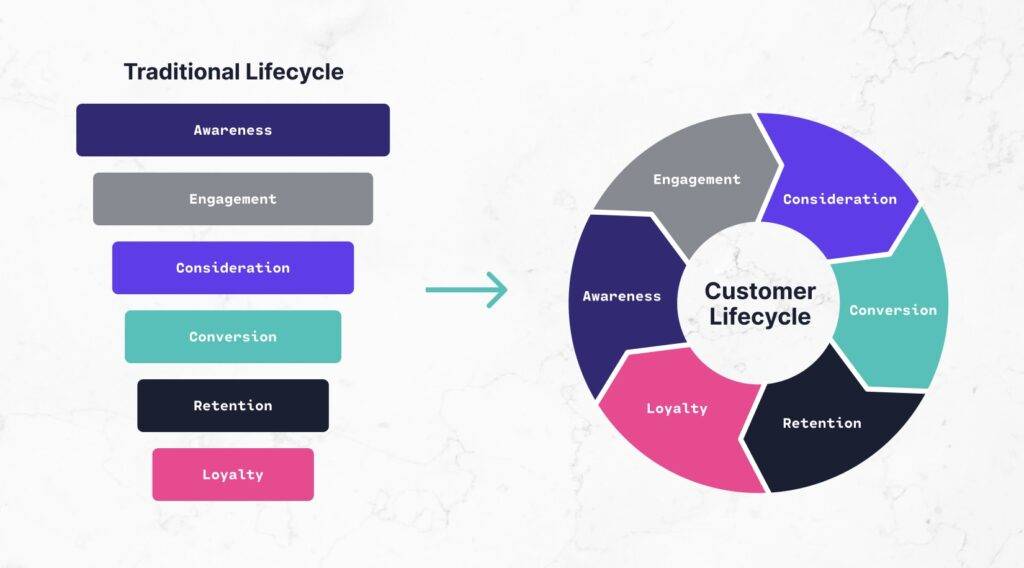
The customer lifecycle takes the funnel and turns it into a wheel without end. When one customer goes from Awareness to Loyalty, the cycle repeats itself with the customers gained through word of mouth, testimonials, and influencer marketing.
Sales cycle length
This full cycle differs from brand to brand and industry to industry.
Certain companies operate on shorter customer lifecycles—like Target, Blue Bottle, or Whole Foods. These purchases are cheaper and customers need to rebuy often.
Other companies—like BMW or Apple—have much longer cycles. Their customers take much more time to research before buying and won’t be repurchasing for quite a while.
The difference here has a huge impact on how brands build marketing strategies.
If you are buying a car, you don’t expect (and don’t want) immediate emails trying to convince you to buy another. You expect to get useful information about your recent purchase and content to help you take advantage of its awesome features.
But, if you bought some coffee from your favorite roaster, it would be helpful if you got an email soon after with guides for brewing the perfect cup or a reminder to buy more when you might be close to finishing the bag.
Customer lifecycle stages: An example of the sales journey
Slightly more granular than ‘attract, sell, and wow,’ the sales funnel we detailed above can be used to map the stages of your customer lifecycle marketing.
Let’s look at each briefly, with an example of their touchpoints for our fictional outdoor gear brand, CampOut.
Awareness
At the top of the funnel is the moment that potential customers hear about your brand.
They become aware of you via blog posts, paid ads, social media, and influencers. You may not be at the forefront of their minds but you are rolling around in their subconscious, at least.
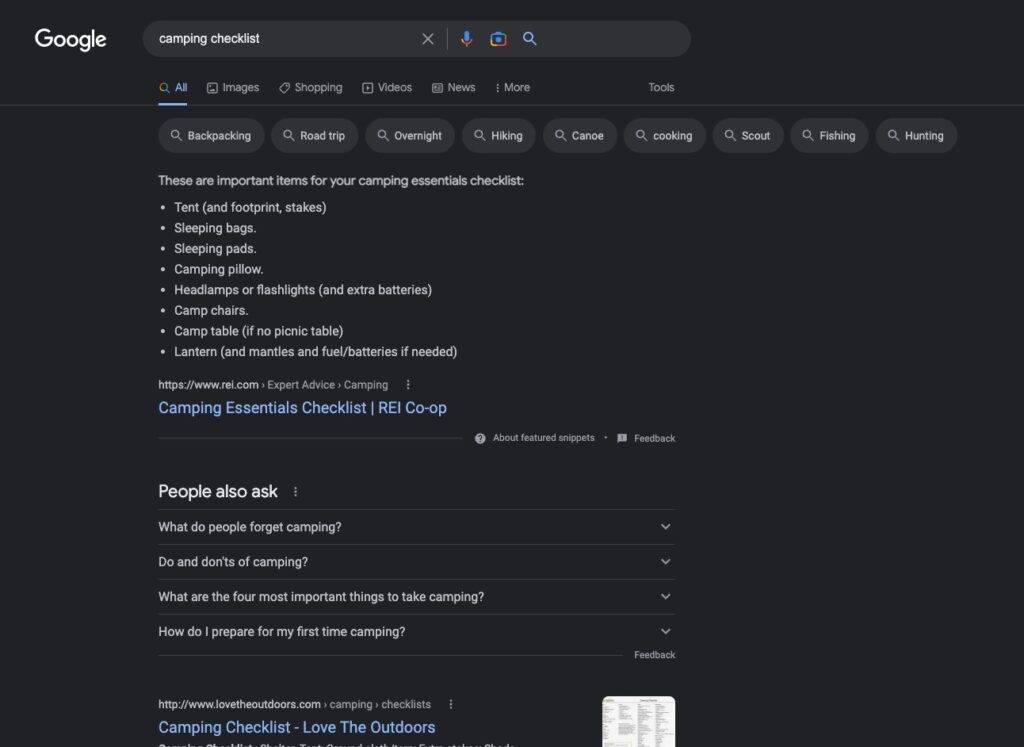
#cta-paragraph-pb#Example touchpoints: Searching for a checklist for camping, you find a CampOut blog post that details everything you should pack for car camping and for backpacking. You also hear an ad for CampOut on your favorite podcast.
Engagement
Now you’ve got their attention. The subconscious becomes the conscious and they are giving you a look.
This is when they visit your site, read your About Us, peruse your product pages, and dig into your FAQs. Hopefully, your store pages are well-designed, the copy is compelling, and your product shots are stunning.
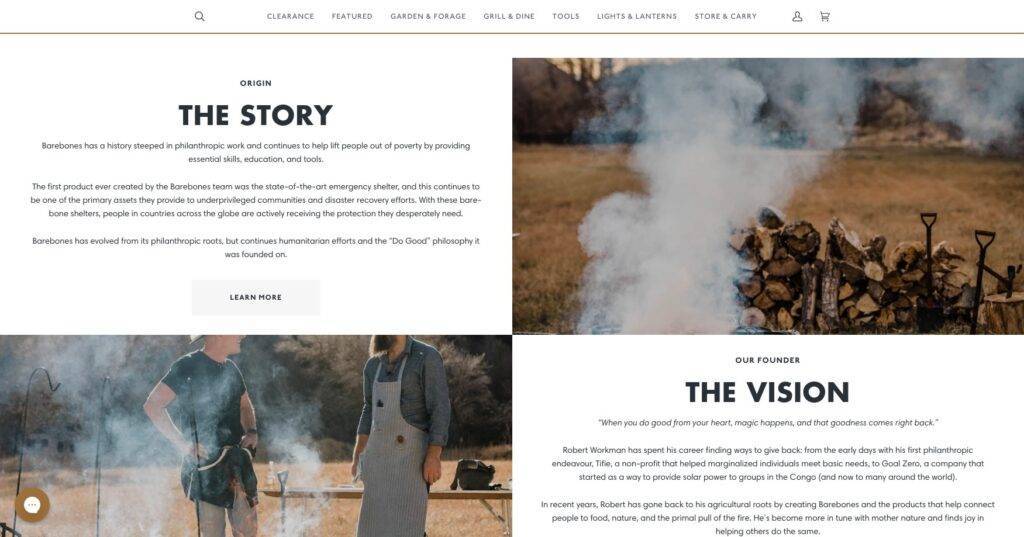
#cta-paragraph-pb#Example touchpoints: You follow CampOut on Instagram, start reading other blog posts, peruse their origin story and mission, and start searching for how they compare to other brands.
Consideration
Here comes the inevitable comparison shopping. Luckily, you are in the playoffs, going into extra innings to win that sale.
Great product pages are definitive here. With excellent photography, product descriptions, customer reviews, and smart merchandising, your offering will easily prevail.
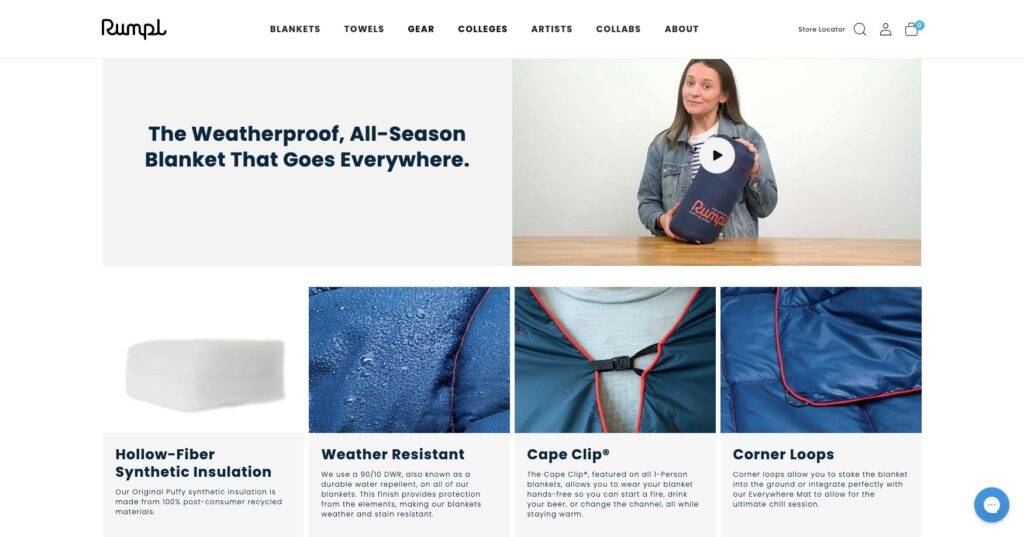
#cta-paragraph-pb#Example touchpoints: You know what you want for your trip, now you just need to find the best products to buy. You look through product pages, learn about features, and dig into product reviews to surface the best gear.
Conversion
They hit the add-to-cart button. You did it!
From here, they need a smooth checkout experience and possibly some useful product recommendations to add before purchase.
This is just the beginning of your journey to keep them around.
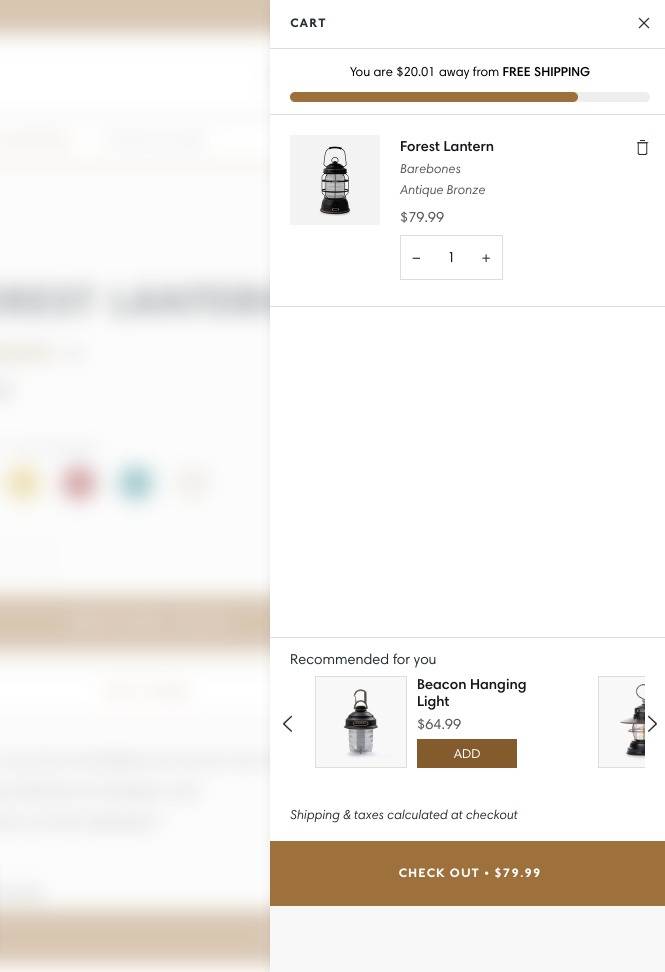
#cta-paragraph-pb#Example: Deciding that CampOut is best, you add an item to your cart and keep shopping via related products and the main navigation bar to get everything you need and hit that free shipping threshold. Then you purchase.
Retention
Their experience with your brand doesn’t stop until they’ve received your product and are happy with it.
Even then, it isn’t finished. You’ve sold them, now you gotta wow them. Give them a great delivery experience, an easy return process (if need be), and continue the conversation to get that next purchase.
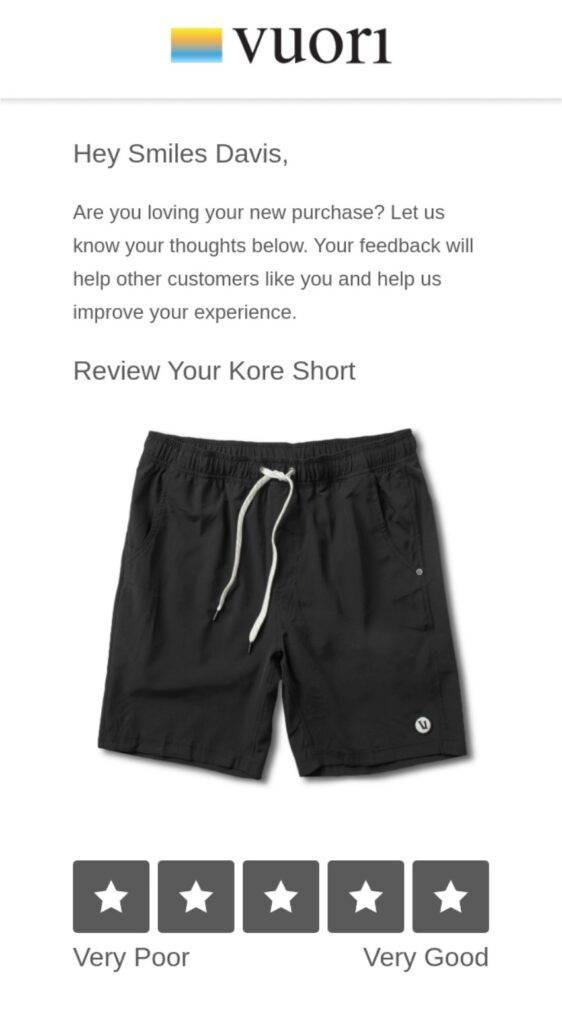
#cta-paragraph-pb#Example touchpoints: CampOut immediately sends an order confirmation and soon gives tracking updates for your order and guides for getting the most out of your new tent. It arrives in ample time for the trip and everything works great. They ask for your review, offer you 15% off your next purchase, and provide immediate support via live chat.
Loyalty
A repeat customer is a powerful thing, but a brand advocate is a marketing asset.
By providing stellar customer service, using data-backed personalization, and employing loyalty programs, your customers will not only keep buying from you but tell their friends and fans to do the same.
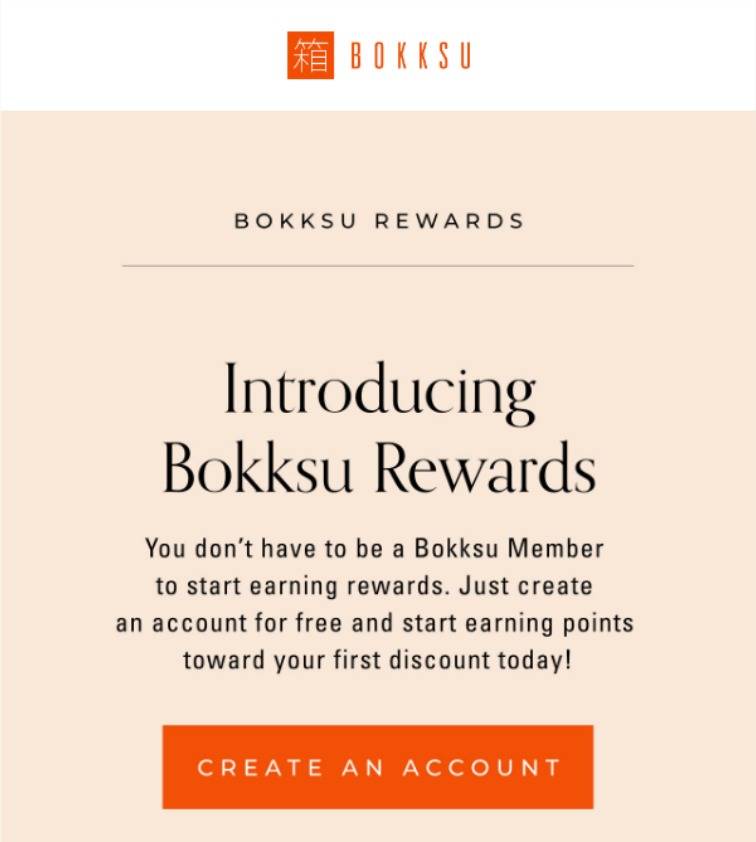
#cta-paragraph-pb#Example touchpoints: After another purchase, CampOut invites you to join their VIP program, which gives you points for purchases, special sales events, and freebies on certain orders. You post about them on Instagram, and they repost on their account.
Benefits of a lifecycle marketing strategy
By moving to a lifecycle marketing strategy, you can realize a few major benefits.
Improved ROI and CLV
By using data to target the best-fit audience for your products, your marketing spend will yield better dividends. No more pulling in the wrong type of leads.
Plus, by also focusing on retaining customers and turning them into brand evangelists, you can boost customer lifetime value (CLV), which only increases your return on investment from all marketing channels.
What you get in the end are more revenue and higher profit margins.
Increased customer loyalty and reduced churn
With proper customer retention efforts underway, you can seriously reduce churn.
On top of simple retention, going the extra mile for them and instituting VIP programs will drive real loyalty for your brand. This loyalty compounds to higher average order value (AOV), more referrals, and free marketing via user-generated content (UGC).
Better nurture campaigns
With improved personalization, you can provide content and deals that are relevant to your customers. You’ll get better engagement and more repeat purchases.
Customer retention is a huge factor in the success of any ecommerce business, and much of that can come down to providing people with content they actually want (and won’t toss into the spam folder).
#cta-visual-pb#<cta-title>Amplify the success of your lifecycle marketing<cta-title>Make every stage of the customer journey a joy by building store pages that your shoppers will love.Start building for free today
Customer lifecycle marketing strategies from awareness to evangelism
Now that you understand the sales funnel and how lifecycle marketing works at a high level, let’s take a look at strategies you can use across all stages.
Pre-purchase strategies
Before they hit that buy button, you have a lot of work to do. Get their attention, find a way to engage with them, and give them something to think about.
Awareness stage
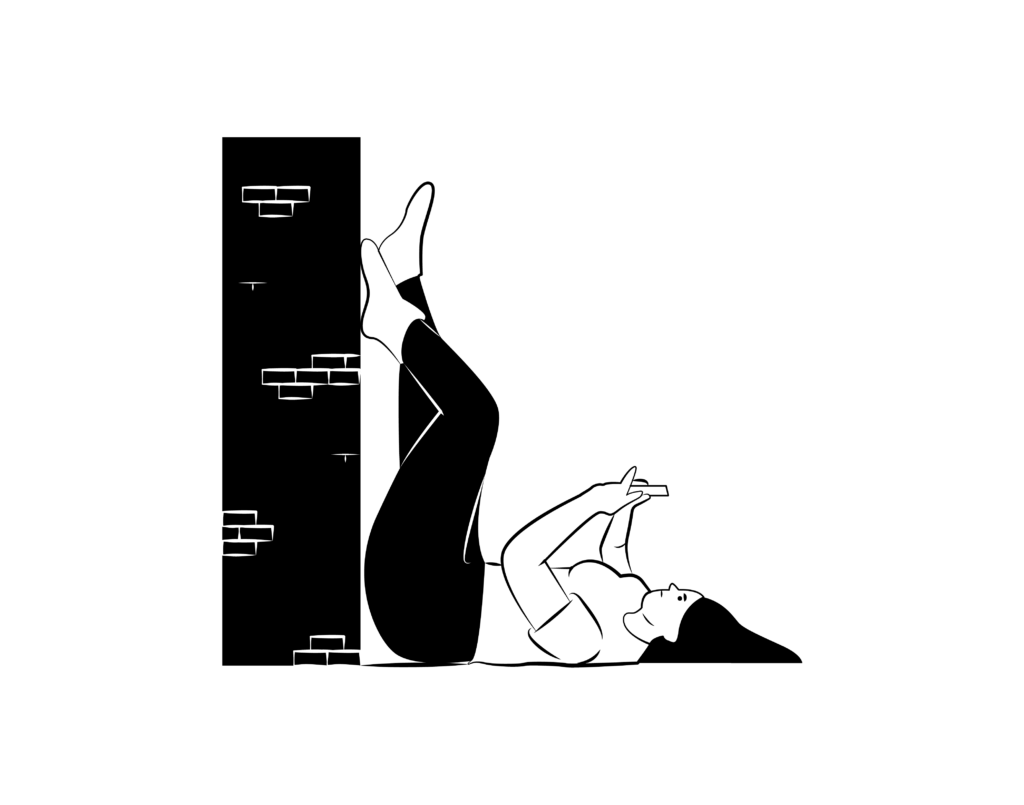
At the tippy-top of the funnel, you’ll want to do a few things to get their attention.
But, who is your brand’s target audience? You can’t do a thing here until you can answer this question.
So, you do market research and competitor analysis to build trustworthy buyer personas. These will give you a clear picture of who you want to sell to and who you can ignore.
Knowing who your potential customers are allows you to build meaningful keyword research that will inform your paid advertising, social media, and content marketing strategies. Your marketing message can focus on their pain points and you can show up where they like to hang out.
With all this great data to get you started, you can build out:
- Blog posts. The overlap between what your audience is asking and your product is the perfect place to start driving organic traffic with SEO-driven content.
- Social media. Use the platforms they use and regularly post content that adds value.
- Search ads. Show up for similar keywords on paid search as well, using messaging that resonates with their needs.
- Social media ads. Depending on your buyer persona findings, you can build ads for the platforms they spend time on (Facebook, Instagram, Twitter, TikTok, etc).
- Display ads. With the knowledge of what media they like to consume, you can show up across relevant websites they like to go to.
- Influencer campaigns. Every niche has its influencers with fans that would also like your product offering.
- IRL advertising. You can even advertise in particular locations with wheat-pasted posters, billboards, and radio/podcast spots.
This is the phase where you can start driving newsletter signups for remarketing purposes.
Once they give you their email address, you have confirmation of their interest, which allows you to engage with them more directly.
Engagement stage

Now that you have their attention, you can start getting a bit louder about it.
At this point, they’re visiting your website, learning on your blog, and possibly interacting with your chatbot.
And, even when they aren’t on your site, they’ll be increasingly seeing your ads and social posts, which lead right back to your landing pages and product pages.
All roads lead back to your website, so you must ensure they are well-designed and continually optimized for the best user experience.
At this stage, your marketing should be adding value.
Even this early on, personalization can play a vital role. Based on the pages they’ve visited, you can serve retargeting ads that match their journey (for example, Google Shopping ads with products they’ve looked at recently).
Those who signed up for your newsletter will start seeing email campaigns with special deals and your latest guides or product videos.
Your landing pages will play a significant role in giving the right message to the right audience, as these pages should match up directly with their source (email, ad, social post, etc).
Building landing pages with on-target headlines, compelling copy, obvious calls to action, and vibrant imagery will ensure the highest conversion rates.
They aren’t quite ready to buy, but your brand keeps coming up for them, ensuring you are top of mind at the right time.
Consideration stage

At this stage, they have a clear purchase intent. Now they just need to find the best product.
You’ve already done the work of layering valuable marketing messages and content. It’s time to persuade them that your product is the best out there.
Your product pages and landing pages should have the right elements to show how much better you are than your competitors.
For product pages, differentiation starts with design.
Shoppers have seen a million product pages that look exactly the same. Brands they remember have broken out of the cookie-cutter standard themes with something fresh.
Beyond overall design, great product pages also have stunning product photography, videos that approximate the in-store experience, glowing customer reviews, awesome product descriptions, and clear benefits.
Reviews play a big part in the consideration phase since shoppers are actively comparing your product to others.
They’ll peruse the reviews not only on your store but also across the internet (third-party review sites, marketplaces like Amazon, and on communities like Reddit).
This social proof will be deeply important to their ultimate decision to purchase or go with someone else (see great examples of social proof in action here).
Finally, your email campaigns can play a big role in whether they want to take a chance with you. The right special offer at the right time can seal it.
Metrics to track during pre-purchase
- Unique page views
- Pages per session
- Time on site
- Bounce rate
- Cart abandonment rate
- Social engagement
- Newsletter signups
- Email open and clickthrough rates
Purchase strategies
The moment you’ve been working up to—they are clicking that buy button! Let’s quickly look at the conversion phase.
Conversion stage
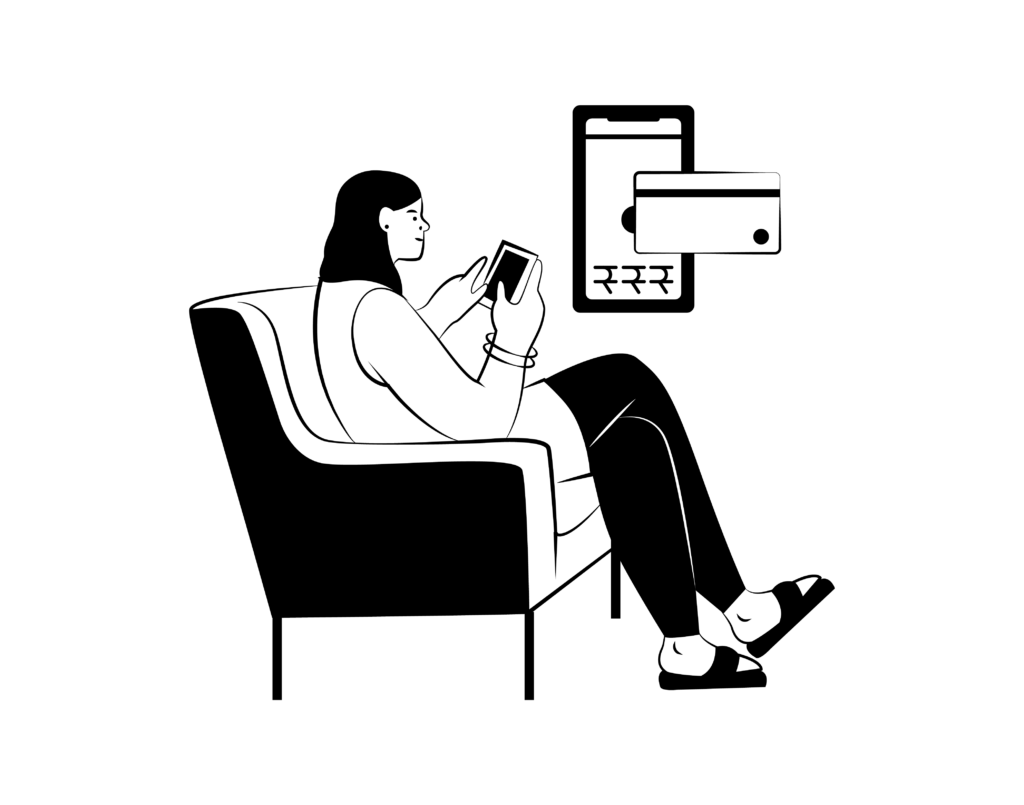
After a successful pre-purchase marketing campaign, the shopper clicks the add to cart button.
From here, you want to encourage them to keep shopping around and adding to their cart, so include related products on your product pages to allow them to move seamlessly toward other things they may want to buy.
For products with larger price tags, it can make sense to include a BNPL (Buy Now, Pay Later) option on the product page so the cost doesn’t hold them back from the sale.
Your checkout flow needs to be frictionless, as well.
Remember that they can still decide not to purchase. So, offer easy sign-up, guest checkout, and multiple options for delivery and payment.
During checkout, you can increase your AOV by including cross-sells and upsells. This could be accessories for the product in the cart or related products they may want.
Finally, keep your chatbot prominently displayed so they can get support when needed, whether via automation or live chat.
Metrics to track for purchase
- Number of sales
- Average order value
- Revenue by channel
Post-purchase strategies
After the sale comes the follow-through. Your relationship with your customer has only just begun.
It’s been reported that returning customers spend 67% more than new customers, so keeping them around really pays dividends.
Let’s look at what the post-purchase experience looks like.
Retention stage
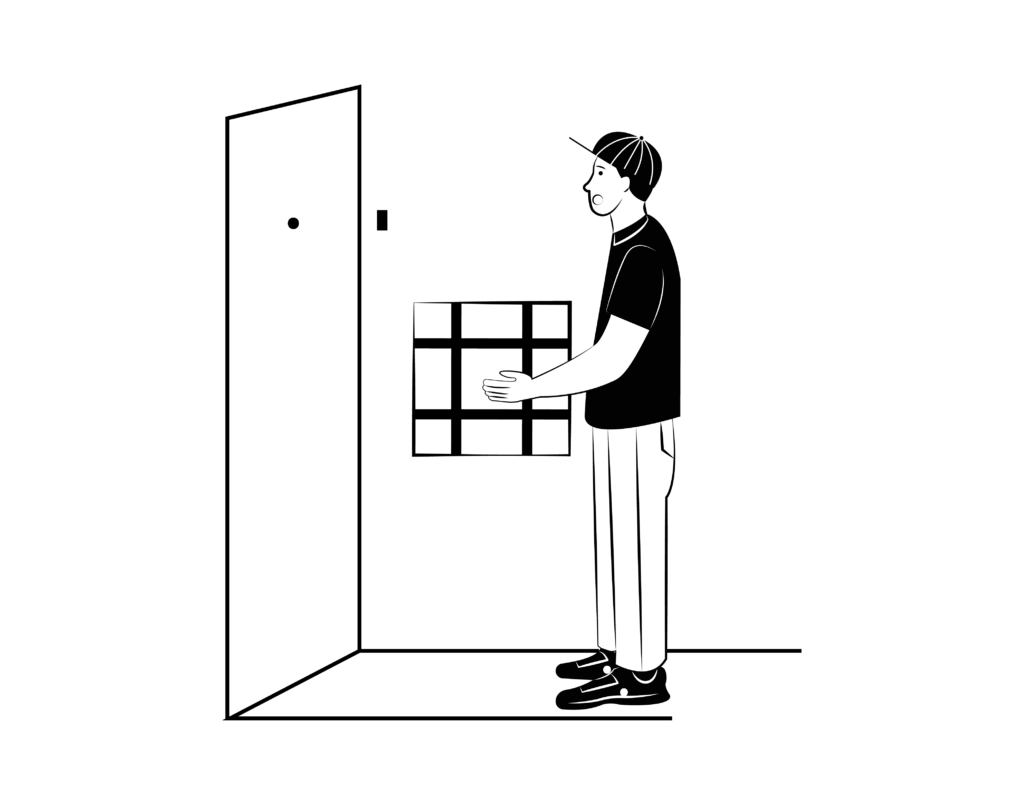
The order is in, now you’ve got to deliver. The sale isn’t complete until they get their products, so ensure your fulfillment process is top-notch.
Nothing sours a customer on a brand more than a bad delivery experience.
Don’t go asking for a review right away, though. Give them some time to use the product and form an opinion on it. If they have any issues, you’ll want to have the chance to wow them with your customer support before any review request.
This stage is all about customer service. They are your best marketers on the far side of purchase. Make sure they are available, timely, and provide top-notch support.
On the marketing side, you can start drip sequences that support their recent purchase, be it product demos, relevant guides, or help center articles.
Based on the length of your sales cycle, you might start sending emails about upcoming sales and product launches. And, use personalization to ensure your messages are relevant to customers.
Customers overwhelmingly like personalization, with 80% saying they are more likely to do business with a brand offering personalized experiences and 90% saying it was appealing.
Once enough time has passed, ask for a product review.
This is essential for supporting your work during the consideration stage of a new customer’s journey. How long will vary from vertical to vertical, as we discussed earlier.
By providing them with this incredible post-purchase experience, you can turn them into repeat customers. Now, you can start wooing them into becoming your biggest fans.
Loyalty stage
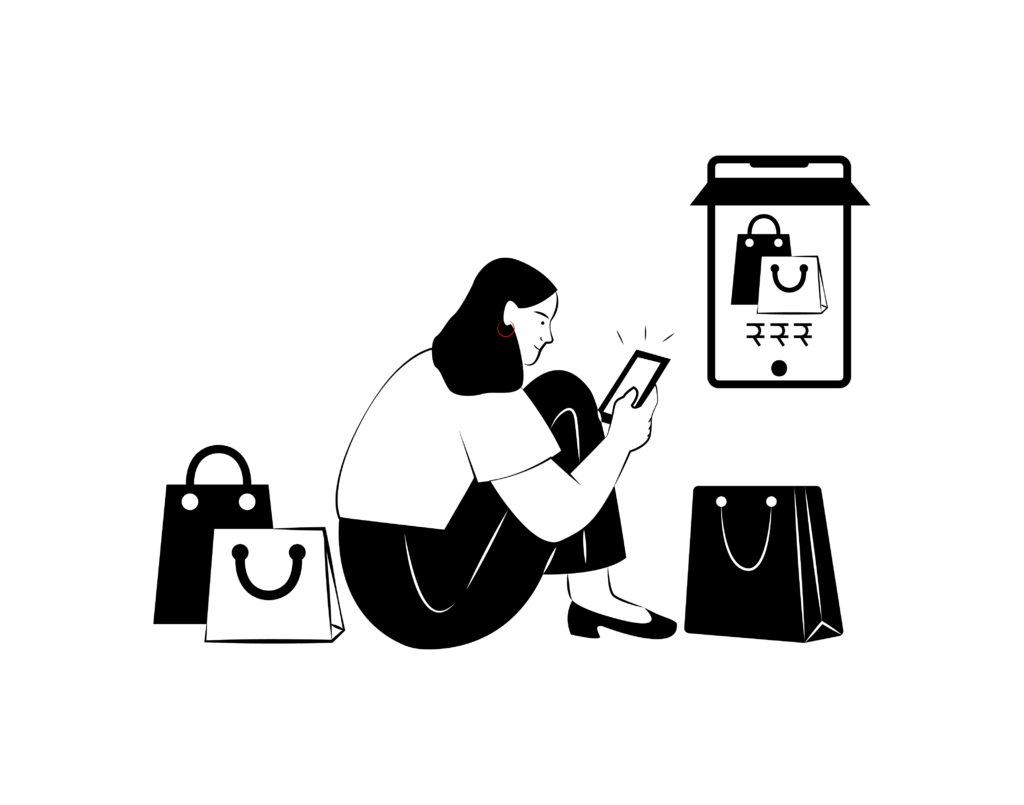
Repeat customers are gold, but loyal customers are platinum.
These are the customers that gush about your brand to their friends and family, providing an organic word-of-mouth channel for new customers entering the lifecycle.
But, how do you get them from repeat customers to long-term brand evangelists?
You listen to your customers, for one. One study found that 96% of people said customer service plays a role in their loyalty to a brand.
Not only can you make them feel supported by providing excellent customer service, but you can also use their feedback to improve your product or service, allowing them to become a part of the process.
People love seeing their feedback acted on by brands.
Your brand evangelists don’t just tell people they know about you, they tell the world. Social media gives anyone the opportunity to stand on a soapbox to express their deepfelt opinions about everything.
You can leverage this by showing up on the platforms they love, engaging with your customers, and boosting the posts that mention your brand.
This UGC is free marketing for your brand, and honestly, more effective at persuading new customers.
Plus, when people see you posting UGC, they are more likely to post about your brand as well.
On top of all that, you can also start programs that award your best customers. Loyalty programs, with VIP perks, points, or discounts are a great way to ensure your regular customers get something back for their loyalty.
Referral and affiliate programs take their loyalty and turn it into an acquisition channel for your brand while giving a little back.
Metrics to track after purchase
- Email open rate
- Repeat purchases
- Customer lifetime value (CLV)
- ROI by channel
- Referrals
- Net promoter score (NPS)
Optimize your marketing across the entire customer lifecycle
It should be obvious that every stage of the customer journey is essential. By neglecting any part of it, you risk losing customers you spent time acquiring or missing out on customers with bad targeting.
Data plays a big role in successfully executing a lifecycle marketing strategy.
Customer lifecycle management is only profitably achieved by targeting the right audience at the top of the funnel and appropriately personalizing their experience post-purchase.
The design of your store cannot be a secondary concern, no matter where someone is in their sales journey. Even if you do everything else right, a poorly designed store will turn potential customers away with prejudice.
So, before you go too far with your lifecycle marketing strategy, ensure that you have built out a storefront that helps drive new customers to convert and existing customers to buy over and over again.
#cta-visual-pb#<cta-title>Optimize every stage of the customer journey<cta-title>With Shogun Page Builder, customize your Shopify store to wow shoppers from awareness to loyalty.Start building for free today

Sean Flannigan
Sean is one of Shogun's tireless content marketers. When he isn't creating exciting ecommerce content, he's probably biking or at the park.



